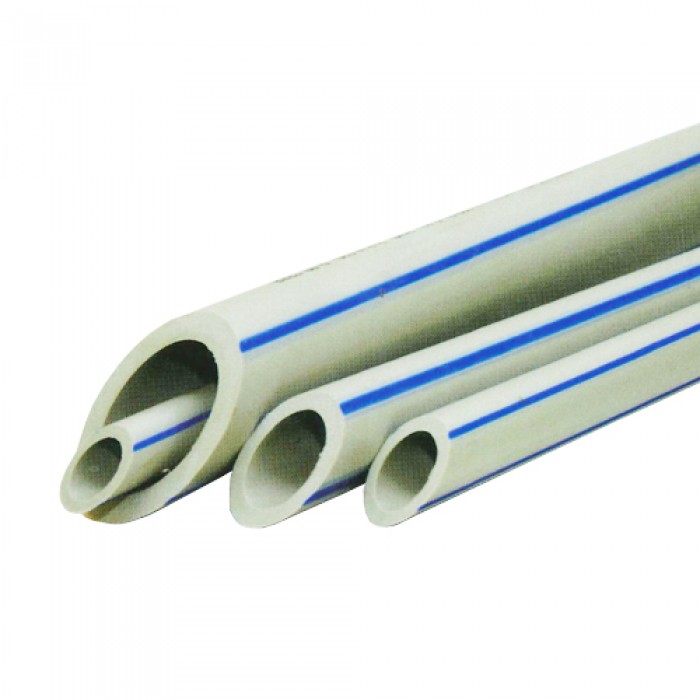
Alternatively replace this area of insulation with a foam board of equivalent effectiveness.īe mindful that, if you fit a combi boiler in the roof space or locate the hot water cylinder in the roof, it may take longer for your hot water to reach your kitchen tap as it has further to travel.Īlso be mindful that you will have a long gas pipe run from the ground floor to the roof space. If you have 250mm rock wall or similar insulation in your roof space, the boarding for access should be raised so as to not squash the insulation, as this reduces its effectiveness. The loft must be boarded from the hatch to the boiler, have a permanent light in place, a fixed ladder and a grab rail around the hatch.

This will add to costs particularly if scaffolding is needed. If it is hung on the party wall or on a new timber wall it will need to flue through the roof. If the boiler is hung on the gable end of the roof it can flue directly to outside. If it is hung on a new ply wall it must be able to take the weight of the boiler. the gable end of a roof or party wall) or a new timber/ply wall if this is not available. The boiler must be hung on a brick wall (e.g. The boiler manufacturer’s engineer will not attend under warranty if these provisions are not in place. In the roof spaceīoilers are commonly fitted into loft spaces, but it does mean equipping the loft for easy future access and this adds to the cost. Bathroomsīoilers can also be located in bathrooms and are commonly found in the airing cupboard, however they cannot be located above the bath or anywhere inside the non-electrical ‘zones’ (the area around sinks, baths and WCs). They could still be located in a bedroom, but the cupboard had to be well ventilated. Older boilers drew in air from the room and this increased the risk of carbon monoxide poisoning. New gas boilers can be located anywhere in the home, including a bedroom, as they are ‘sealed’ appliances, i.e.
#Secure pipes for windows windows#
Like horizontal flues, the exit point must be 300mm from opening windows but distances rapidly increase to upto 2000mm for 'Velux' windows and neighbouring Velux windows. For example, a boiler that can work with up to six metres of flue can use six straight metres of flue or four metres with two bends, or five metres with one bend and so on. Each manufacturer will specify this for each of their boilers.įor every bend used in the flue, the maximum length it can travel is reduced by 1m. Vertical flues have a limit for the number of metres then can travel. Vertical flueĪ vertical flue rises off the top of the boiler and can go through a flat or pitched roof or through the wall at a higher point. Horizontal flues for condensing boilers must rise slightly in order for the acid water vapour to trickle back down the flue and be safely removed via the condense pipe. A flue that is directed towards your neighbour's boundary must be 600mm from the boundary and 2m from a door or window in your neighbour's home. Again a plume management kit can assist if the flue is closer. are parallel) must still be 300mm away from the boundary. Flues that point in the same direction as your neighbour's boundary (i.e. If it is closer the engineer can use a plume management kit to direct the flue away from the window or door.Ī horizontal flue cannot discharge into another closed space, such as a garage, or into a public alley way or shared access walkway between two houses.įlues must also not discharge too close to your neighbour's boundary. The boiler must be on an external wall and the flue must be 300mm from an opening window or door or from the eaves of the roof. Horizontal flueĪ horizontal flue is the simplest and cheapest option as it goes straight out the back of the boiler. The position of the flue is important as the combustion gases must not re-enter a property via a close-by window or cause a nuisance by discharging into your neighbours walkway for example. The heat is needed for the home and the remaining combustion gases (made up of water vapour, carbon dioxide, particulates, heavy metals and acidic gases) need to be removed via the flue.

Note, this guidance is no substitute for getting a Gas Safe registered engineer out to survey. If you are also moving your boiler then it is likely that more regulations will need to considered. Some of these regulations will have come in since your last boiler was fitted and you will have to comply with them, the most recent uplift was 15th June 2022.

Which building regulations apply to my new boiler?īuilding regulations cover many aspects of a new boiler installation, including flue position, efficiency, boiler location, gas pipe size and condense pipe drainage.


 0 kommentar(er)
0 kommentar(er)
